5 Proven Facts on Transfer Learning vs Deep Learning
The Transfer Learning vs Deep Learning debate often surfaces in discussions about modern artificial intelligence, creating a false dichotomy that can mislead newcomers and even seasoned developers. It suggests a choice must be made between two competing methodologies, as if they were rivals for the same throne. The reality, however, is far more collaborative and nuanced. One…
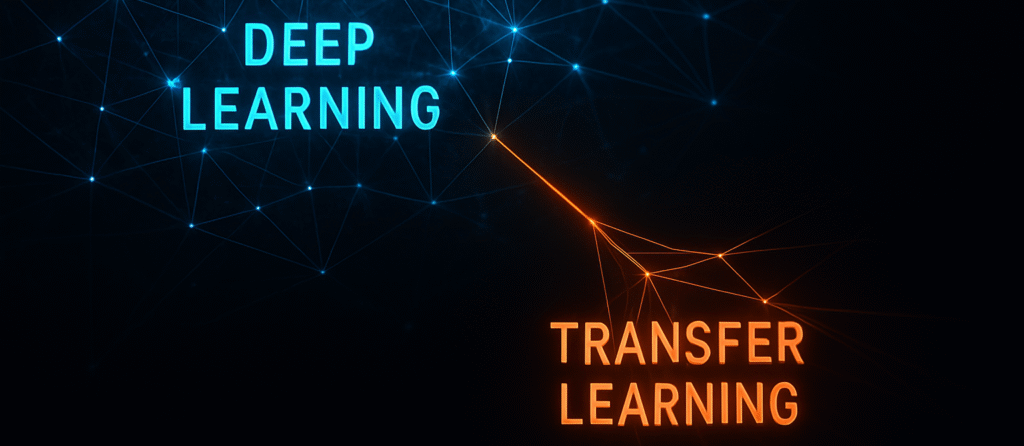
The Transfer Learning vs Deep Learning debate often surfaces in discussions about modern artificial intelligence, creating a false dichotomy that can mislead newcomers and even seasoned developers. It suggests a choice must be made between two competing methodologies, as if they were rivals for the same throne. The reality, however, is far more collaborative and nuanced. One is not an enemy to the other; rather, one is born from the other, representing a powerful and efficient paradigm shift in how we build intelligent systems.
Understanding this symbiotic relationship is not just academic—it is fundamental to creating effective, efficient, and powerful AI systems. Making the wrong choice based on a misunderstanding in the Transfer Learning vs Deep Learning comparison can lead to catastrophic project failures: months of wasted development time, exorbitant computational costs, and ultimately, underperforming models that fail to deliver business value. To navigate this landscape successfully, you must move beyond the surface-level debate and grasp the foundational truths that govern these powerful techniques.
This comprehensive guide is designed to definitively settle the Transfer Learning vs Deep Learning discussion by exploring five proven facts in exhaustive detail. We will deconstruct their technical underpinnings, data dependencies, cost implications, and practical applications to provide a clear and actionable framework for when and why you should use each approach.
Fact #1: Transfer Learning Is Built on Deep Learning, Not an Alternative to It
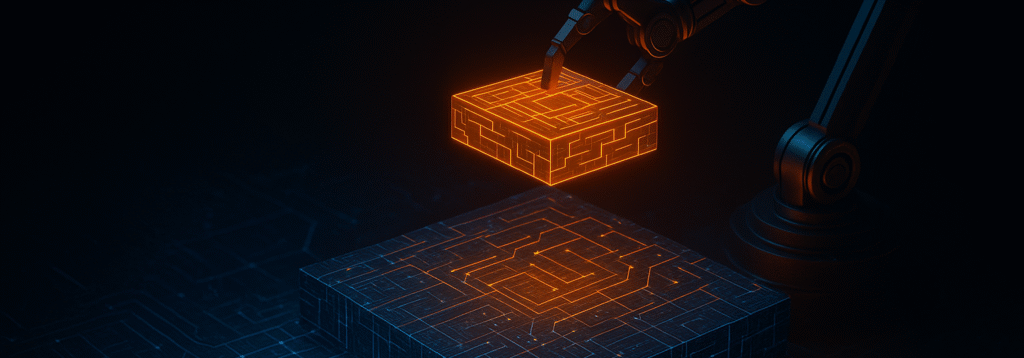
The most critical and foundational fact is this: transfer learning is not a competitor to deep learning. Transfer learning is a strategic machine learning technique that leverages pre-existing, powerful deep learning models. It is an extension, a clever application, and arguably one of the most significant practical advancements to emerge from the entire field of deep learning. To truly understand the Transfer Learning vs Deep Learning relationship, you must see it as one of foundation and superstructure.
The Architecture of Deep Learning: Building Knowledge from Scratch
To appreciate this symbiosis, we must first dissect what deep learning accomplishes when starting from zero. Deep learning models, which are Artificial Neural Networks (ANNs) with many layers (hence “deep”), are engineered to automatically and hierarchically learn representations of data.
Let’s use a Convolutional Neural Network (CNN) trained for image recognition as a classic example. When this model is trained on millions of images from a blank slate (i.e., with randomized weights), it learns in stages:
- The Initial Layers (Low-Level Features): The first few layers of the network learn to recognize the most basic building blocks of any image. Their internal filters activate in response to simple primitives like horizontal and vertical edges, color gradients, simple curves, and basic textures. This knowledge is universal; an edge is an edge, whether it’s part of a car, a cat, or a coffee cup.
- The Intermediate Layers (Mid-Level Features): These layers take the simple features learned by the initial layers and combine them into more complex patterns. They might learn to recognize shapes (circles, squares), more complex textures (fur, metal, wood grain), and object parts (an eye, a wheel, a leaf, a keyboard key).
- The Deepest Layers (High-Level Features): The final layers of the network combine these complex parts to recognize whole objects or concepts. They learn that a specific combination of eyes, a nose, and fur constitutes a “cat,” while another combination of wheels, windows, and a metallic texture forms a “car.”
This hierarchical feature extraction is the essence of deep learning’s power. Similarly, in Natural Language Processing (NLP), a Transformer-based model like Google’s BERT (Bidirectional Encoder Representations from Transformers) learns grammar, syntax, context, and semantic relationships from a massive corpus of text. The initial effort to train these foundational models is a monumental undertaking, representing the pinnacle of “deep learning from scratch.” This initial, costly phase is a prerequisite for the entire Transfer Learning vs Deep Learning ecosystem to even exist.
Transfer Learning: The Art of Intelligent Reuse
Transfer learning enters the picture by posing a brilliant and pragmatic question: If a model has already spent thousands of hours and millions of dollars learning to see edges and shapes, why should we force a new model to learn it all over again?
Instead of starting from a state of complete ignorance, transfer learning takes the powerful, pre-trained deep learning model and repurposes its accumulated knowledge. This process is typically done in one of two ways:
- Feature Extraction: This is the most common and resource-efficient method. The vast majority of the pre-trained model—the convolutional base that learned the general hierarchical features—is “frozen,” meaning its weights are not updated during training. Only the final classification part of the network is removed and replaced with a new, small classifier tailored to your specific task. You then train only this new, small part on your custom dataset. This is analogous to using a master linguist’s brain (the frozen base) and just teaching them a few new vocabulary words (your new classifier).
- Fine-Tuning: This method goes a step further. After performing feature extraction, you can “unfreeze” the top few layers of the pre-trained base and continue training them on your new data, but with a very low learning rate. This allows the model to slightly adjust its more abstract, high-level features to be more relevant to your specific dataset, while preventing the risk of corrupting the valuable low-level knowledge. This nuanced approach shows that the Transfer Learning vs Deep Learning choice isn’t just binary; it involves deciding how much knowledge to transfer.
This operational reality completely refutes the adversarial narrative of Transfer Learning vs Deep Learning. It’s a partnership where deep learning does the heavy lifting to build a reusable “brain,” and transfer learning intelligently applies that brain to new problems.
Fact #2: Deep Learning Demands Massive Data; Transfer Learning Is Designed for Data Scarcity
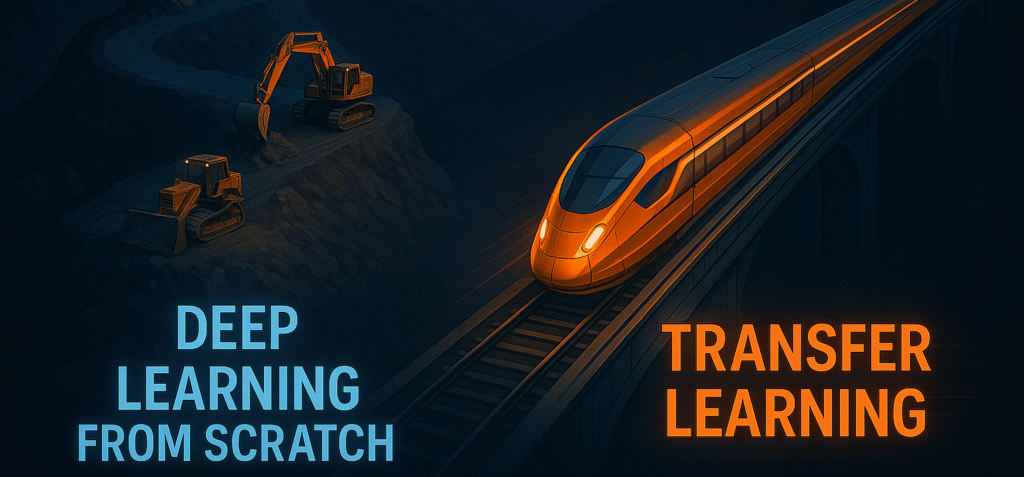
The data requirements for each approach are fundamentally different, and this distinction is often the most practical and decisive factor in any Transfer Learning vs Deep Learning consideration.
Deep Learning’s Insatiable Appetite for Data
Deep learning models are often described as “data-hungry,” which is an understatement. They are data-ravenous. A large deep learning model can have millions, or even billions, of tunable parameters (the weights and biases that store its learned knowledge). To tune these parameters correctly without simply memorizing the training data (overfitting), the model must be exposed to an enormous number of diverse examples.
The sheer scale of the datasets required is difficult to comprehend:
- ImageNet: A foundational dataset for computer vision, ImageNet contains over 14 million hand-annotated images across more than 20,000 categories. The annual ImageNet Large Scale Visual Recognition Challenge (ILSVRC) spurred many of the key breakthroughs in deep learning. You can learn more about its impact at the official ImageNet website.
- C4 (Colossal Clean Crawled Corpus): A dataset used to train Google’s T5 and other large language models, it contains approximately 750GB of cleaned text scraped from the public internet—equivalent to millions of books.
Beyond just volume, this data must be meticulously cleaned and accurately labeled, a process that is itself incredibly time-consuming and expensive. Without datasets of this magnitude and quality, training a deep model from scratch is a perilous exercise. The Transfer Learning vs Deep Learning choice often begins and ends with a simple question: “Do I have millions of high-quality, labeled data points?” If the answer is no, deep learning from scratch is likely off the table.
Transfer Learning: Achieving More with Less, The Champion of Small Data
This is where transfer learning becomes a revolutionary force, effectively democratizing AI by shattering the big data barrier. It elegantly sidesteps the requirement for massive datasets because the pre-trained model has already developed a rich, nuanced understanding of the world from its initial training. The Transfer Learning vs Deep Learning dynamic shifts entirely when data is a constraint.
Consider these real-world scenarios where transfer learning is not just an option, but the only feasible option:
- Specialized Medical Diagnosis: A research hospital aims to build a model to detect diabetic retinopathy from retinal scans. They may only have a few thousand labeled images from patients. This quantity is trivial for deep learning from scratch but is often more than sufficient to fine-tune a model like InceptionV3, which was pre-trained on ImageNet. The model already knows what edges, textures, and biological-like shapes are; it only needs to learn the specific patterns of microaneurysms and hemorrhages indicative of the disease.
- Agricultural Pest Detection: A company wants to help farmers identify specific local crop pests from smartphone photos. They can gather a few hundred images for each of the dozen relevant pest species. By fine-tuning a lightweight mobile-first model like MobileNet, they can deploy a powerful detector without needing a web-scale dataset of insects.
- Niche Sentiment Analysis: A company wants to analyze customer feedback for their highly technical B2B software product. General sentiment models might fail because they don’t understand the domain-specific jargon. By taking a pre-trained language model like BERT and fine-tuning it on a few thousand examples of their own customer reviews, they can create a highly accurate, specialized sentiment analyzer.
For any organization not operating at the scale of a tech giant, the Transfer Learning vs Deep Learning cost-benefit analysis overwhelmingly favors transfer learning as the only pragmatic path to deploying custom AI solutions.
Fact #3: Training from Scratch Is Incredibly Time-Consuming and Costly; Transfer Learning Is Fast and Efficient
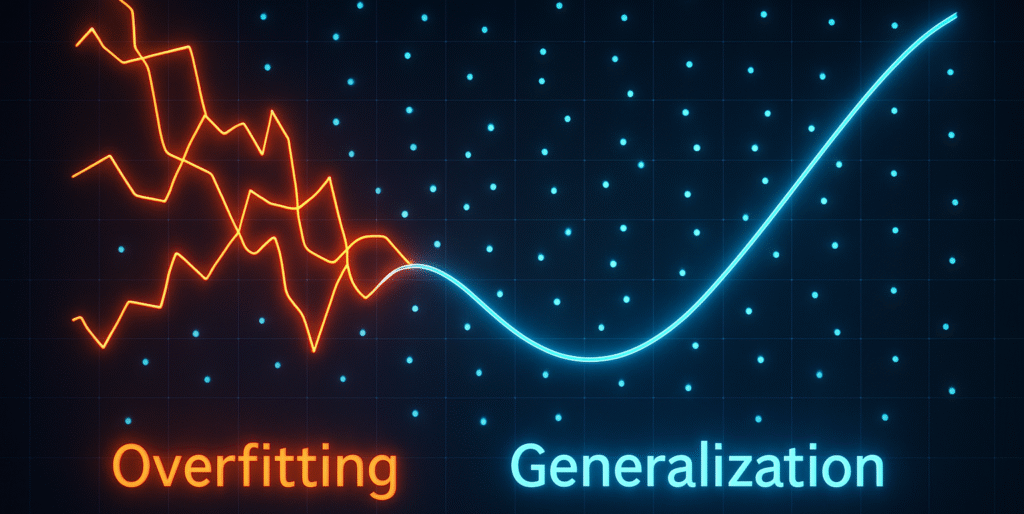
The practical implications of development time and financial cost are enormous and cannot be overstated. This is a battle of brute-force expenditure versus intelligent, efficient leverage, a key differentiator in the Transfer Learning vs Deep Learning comparison.
The Astronomical Cost of Training from Zero
When evaluating the Transfer Learning vs Deep Learning options, the astronomical cost of training a deep learning model from the ground up is often the most sobering factor, placing it far beyond the reach of most individuals, academic labs, startups, and even many large enterprises. This cost isn’t singular; it’s a multi-faceted burden that starkly differentiates the two methodologies.
- Computational Cost & Environmental Impact: Training involves billions upon billions of floating-point operations (FLOPs) performed repeatedly across many epochs. This requires a fleet of specialized, high-performance hardware like NVIDIA’s A100 or H100 GPUs or Google’s TPUs. A single one of these processors can cost tens of thousands of dollars. Training a flagship model requires a cluster of hundreds of them running 24/7 for weeks or months. Reports suggest that training a model like GPT-3 had an estimated computational cost running into the millions of dollars. This level of expenditure starkly highlights the economic disparity in the Transfer Learning vs Deep Learning equation. Furthermore, the energy consumed by these operations is also substantial, raising important environmental concerns about the sustainability of training ever-larger models from scratch.
- Time Cost: The training process is a long, arduous cycle of experimentation. Data scientists and ML engineers must experiment with different model architectures, meticulously tune dozens of hyperparameters (e.g., learning rate schedules, optimizer choices, regularization strengths), and analyze intermediate results. A single experimental run can take days or weeks. The entire project timeline from inception to a production-ready model can easily span many months or even years. This lengthy timeline is a critical disadvantage for the ‘deep learning from scratch’ approach in any practical Transfer Learning vs Deep Learning analysis.
- Human Cost: The human capital required further widens the gap in the Transfer Learning vs Deep Learning comparison. This intensive work requires a team of highly specialized and highly compensated ML engineers, research scientists, and data scientists. Their collective salaries and the immense time they invest represent a significant financial commitment that dwarfs even the hardware costs. The economic dimension of the Transfer Learning vs Deep Learning question is impossible to ignore.
The Unbeatable Return on Investment of Transfer Learning
Transfer learning slashes these costs across every single category, offering an almost unbelievable return on investment.
- Drastically Reduced Computational Cost: Since you are only training a small fraction of the network (in feature extraction) or fine-tuning the whole network for a much shorter period with smaller data, the computational load is orders of magnitude lower. Tasks that would require a dedicated server farm can often be completed in a few hours on a single GPU. This makes development accessible through consumer-grade hardware or free/low-cost cloud platforms like Google Colab and Kaggle Kernels.
- Accelerated Time-to-Market: The development cycle is compressed from months to days or weeks. This allows for rapid prototyping, iteration, and deployment. A team can formulate a hypothesis, build a proof-of-concept model, and get it in front of users for feedback in a fraction of the time. In a competitive business environment, this speed is a crucial strategic advantage. You can experience this efficiency firsthand using well-documented libraries and guides like the TensorFlow Transfer Learning Tutorial.
This dramatic reduction in time and cost is why the Transfer Learning vs Deep Learning choice leans so heavily toward transfer learning for most applied AI tasks.
Fact #4: Transfer Learning Generalizes Better and Reduces Overfitting on Small Datasets

Generalization is the holy grail of machine learning. It refers to a model’s ability to perform accurately on new, unseen data after being trained on a finite dataset. A model that generalizes well is useful; a model that doesn’t is a worthless memorization machine. The ability to generalize is a key performance indicator in the Transfer Learning vs Deep Learning evaluation.
The Peril of Overfitting in Deep Learning
Overfitting is the arch-nemesis of machine learning, and it is a particularly acute danger when training high-capacity deep learning models on limited data. A model overfits when it learns its training data too well. Instead of learning the underlying, generalizable patterns, it starts to memorize the noise, quirks, and specific examples present only in the training set.
In the Transfer Learning vs Deep Learning landscape, a deep neural network with its millions of parameters is like a student with a photographic memory and no conceptual understanding. Given a small dataset, it will almost always choose the lazy path of memorization over the difficult path of learning abstract concepts.
In the Transfer Learning vs Deep Learning discussion, the approach to regularization—the techniques used to prevent overfitting and improve generalization—is a key differentiator. While deep learning from scratch relies on explicit regularization methods like Dropout (randomly ignoring neurons during training) and L1/L2 weight penalties, transfer learning provides a powerful, implicit form of regularization that is often more effective for applied problems.
The pre-trained weights of the foundational layers act as a very strong “inductive bias.” An inductive bias is the set of assumptions that a model makes about what the solution should look like. This is a core concept in the Transfer Learning vs Deep Learning debate: a model trained from scratch has a very weak bias, meaning almost any solution is possible, making it prone to memorizing noise in small datasets. In contrast, a pre-trained model has a very strong bias, assuming the solution should be built upon real-world visual or linguistic features it has already learned.
This strong initial bias anchors the model and heavily constrains the “solution space.” It is much harder for the model to learn a bizarre, noisy function to fit your small dataset because that would require drastically changing its robust, pre-trained weights. This powerful starting point leads to superior generalization, a decisive factor that often tips the scales in the Transfer Learning vs Deep Learning choice when data is scarce.
However, a critical risk in the Transfer Learning vs Deep Learning strategy is negative transfer. This occurs when the knowledge from the source domain (e.g., everyday objects) is so dissimilar from the target domain (e.g., medical X-rays or spectrograms) that the pre-trained features are irrelevant or even harmful. In such cases, the model might perform worse than one trained from scratch. Mitigating this requires careful selection of the pre-trained model and potentially more advanced techniques like domain adaptation.
Fact #5: Their Ideal Use Cases Are Fundamentally Different
This final fact synthesizes everything we’ve discussed into a practical, strategic decision-making framework. The choice in the Transfer Learning vs Deep Learning showdown depends entirely on the context of your problem, resources, and goals.
When to Go All-In with Deep Learning from Scratch
Despite the overwhelming advantages of transfer learning for applied tasks, there are critical scenarios where training a deep model from scratch is not just an option, but a necessity:
- Truly Unique Data Domains: If your data is fundamentally different from any of the common domains where pre-trained models exist. For example, analyzing astrophysical data from radio telescopes, predicting protein folding from genomic sequences, or interpreting complex financial market data. In these cases, the features learned from everyday images or text are not applicable, and a model must learn the domain’s unique patterns from the ground up.
- Researching Novel Architectures: The entire field of AI advances because researchers design, build, and test new types of neural network architectures from the ground up. This is how breakthroughs like the Transformer were made. This is the realm of pure deep learning research, not applied AI.
- When You Have Unprecedented Scale: If you are a company like Google, Meta, or OpenAI and you have access to a proprietary dataset that is orders of magnitude larger or more diverse than any public dataset, training from scratch may yield a superior, state-of-the-art model that becomes a valuable corporate asset.
- Requirement for Full Control and Interpretability: In some high-stakes security or mission-critical applications, you may need absolute control and a deeper understanding of every parameter and decision within the model, which can be a reason to build it from scratch to avoid any hidden biases from the pre-trained source.
When Transfer Learning Is the Smart Choice (The 99% of Cases)
For the vast majority of practical, real-world AI applications, transfer learning is the correct, efficient, and intelligent choice. The Transfer Learning vs Deep Learning decision for most businesses and developers is almost always a vote for transfer learning.
- Computer Vision: Classifying medical scans, identifying products on a retail shelf, detecting quality issues in a manufacturing line, sorting agricultural produce, powering visual search.
- Natural Language Processing (NLP): Building a customer service chatbot for a specific industry, analyzing brand sentiment on social media, sorting support tickets by topic, summarizing legal or financial documents.
- Audio Processing: Creating a voice command system for a custom device, identifying specific speakers, or detecting anomalies like equipment failure from sound recordings.
Conclusion: A Partnership, Not a Rivalry
In summary, the Transfer Learning vs Deep Learning discussion isn’t about choosing a winner. It’s about understanding that deep learning creates powerful foundations, while transfer learning provides an efficient, intelligent strategy to apply that power to solve new problems. Deep learning is the engine of discovery; transfer learning is the engine of application.
By understanding these five proven facts, developers, businesses, and researchers can move beyond the false choice. They can instead appreciate the incredible leverage that transfer learning provides, enabling them to build more sophisticated, reliable, and impactful AI solutions faster and more affordably than ever before. The future of applied AI is not just deep; it’s deep and wisely transferred. The resolution to the Transfer Learning vs Deep Learning debate is not a victory for one side, but a powerful synthesis of both.
For more in-depth articles on AI and technology, we invite you to https://newiafutures.com/ai-and-future-tech-blog/

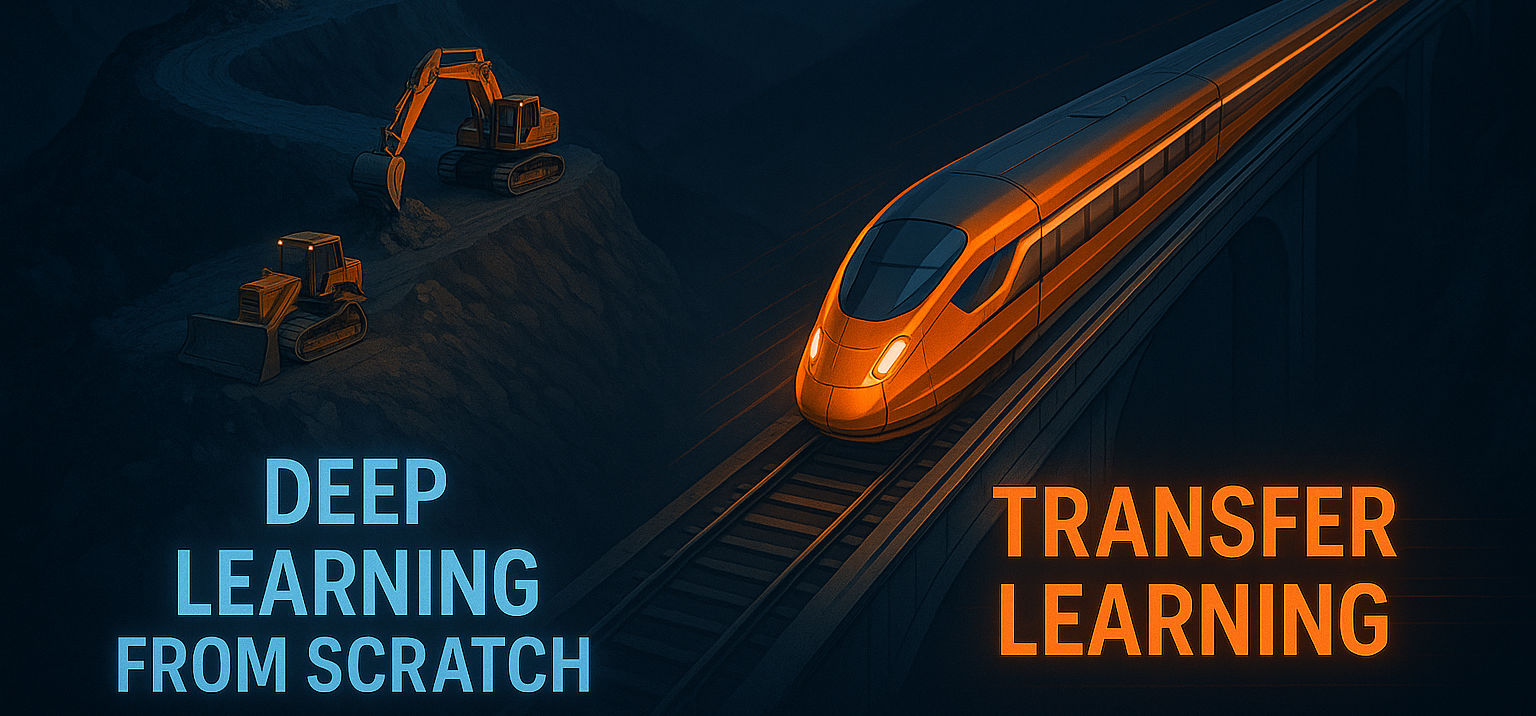



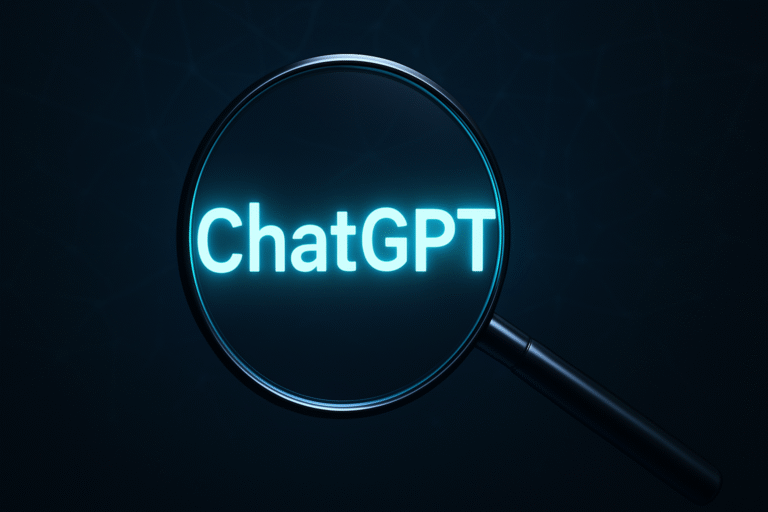

![Best Phone in 2025: Don't Buy Wrong! [Tested & Ranked] 12 best-phone-in-2025](https://newiafutures.com/wp-content/uploads/2025/07/best-phone-in-2025-768x580.png)